[ad_1]
Pollinator gardens are stuffed with perennial and annual species that entice bees, butterflies, and moths. Completely different animals eat the bugs, which magnetize larger animals in some areas! This web of life helps your yard by conserving pest populations in study, and by introducing pollinators to your fruits and veggies.
Queen of the prairie is an iconic native perennial good for these areas. It erupts in summer season with blooms that resemble rose spirea nonetheless in clusters atop eight-foot tall stems! Finely divided leaves with jagged edges resemble palms. This plant is extraordinarily ornamental and a boon for wildlife.
You presumably can develop this perennial in your yard in case you might have a moist location that’s 4 toes giant. Queen of the prairie spreads a bit when it’s mature, and it’ll develop tall when it’s joyful. It moreover reseeds readily in case you depart the seed heads, so that you simply’ll benefit from new seedlings for years. Sow some seeds in the mean time, or uncover a potted plant for easy transplanting.
Espoma Bio-tone Starter Plus Pure Plant Meals (4 lbs.)
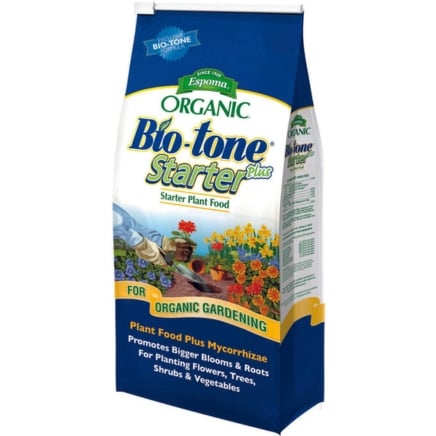

- Grows larger root mass to help vegetation arrange fast
- Reduces transplant loss
- Promotes bigger blooms
- Microbe enhanced all pure pure fertilizer with no sludges or fillers
Filipendula rubra ‘Queen of the Prairie’ Overview
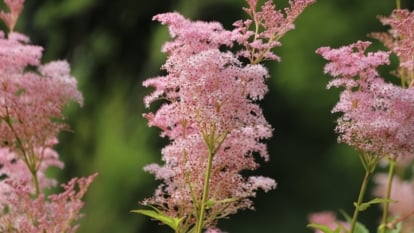

|
|
|
|
What Is It?
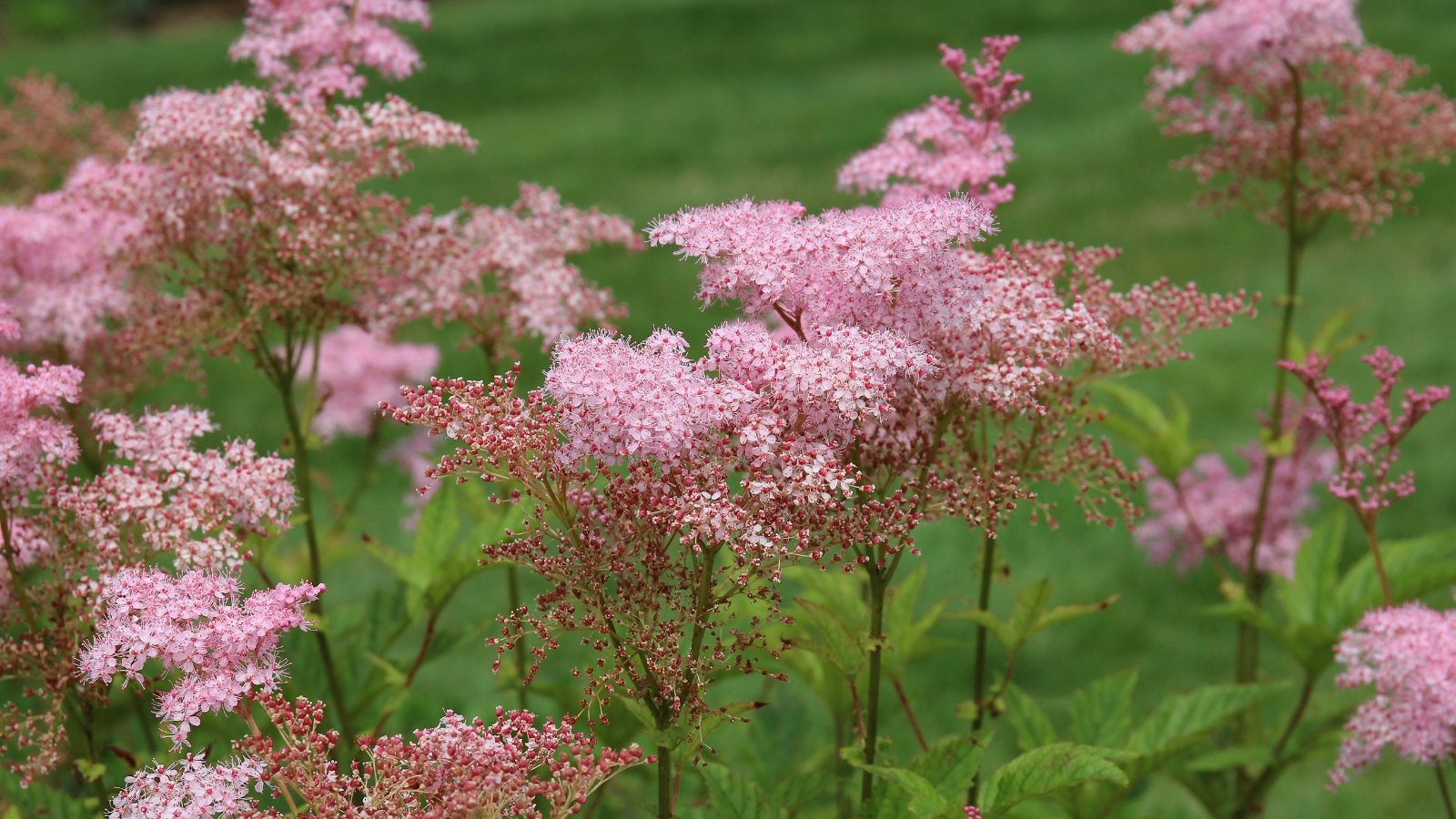

Queen of the prairie is an herbaceous perennial that sprouts from the underside all through warmth local weather in spring. It’s an in depth relative of meadowsweet and dropwort, preferring associated conditions. Seek for its scientific title Filipendula rubra, or its frequent title queen of the prairie. The species type and its cultivars are good for gardens that need tall and dramatic constructions.
Native Area
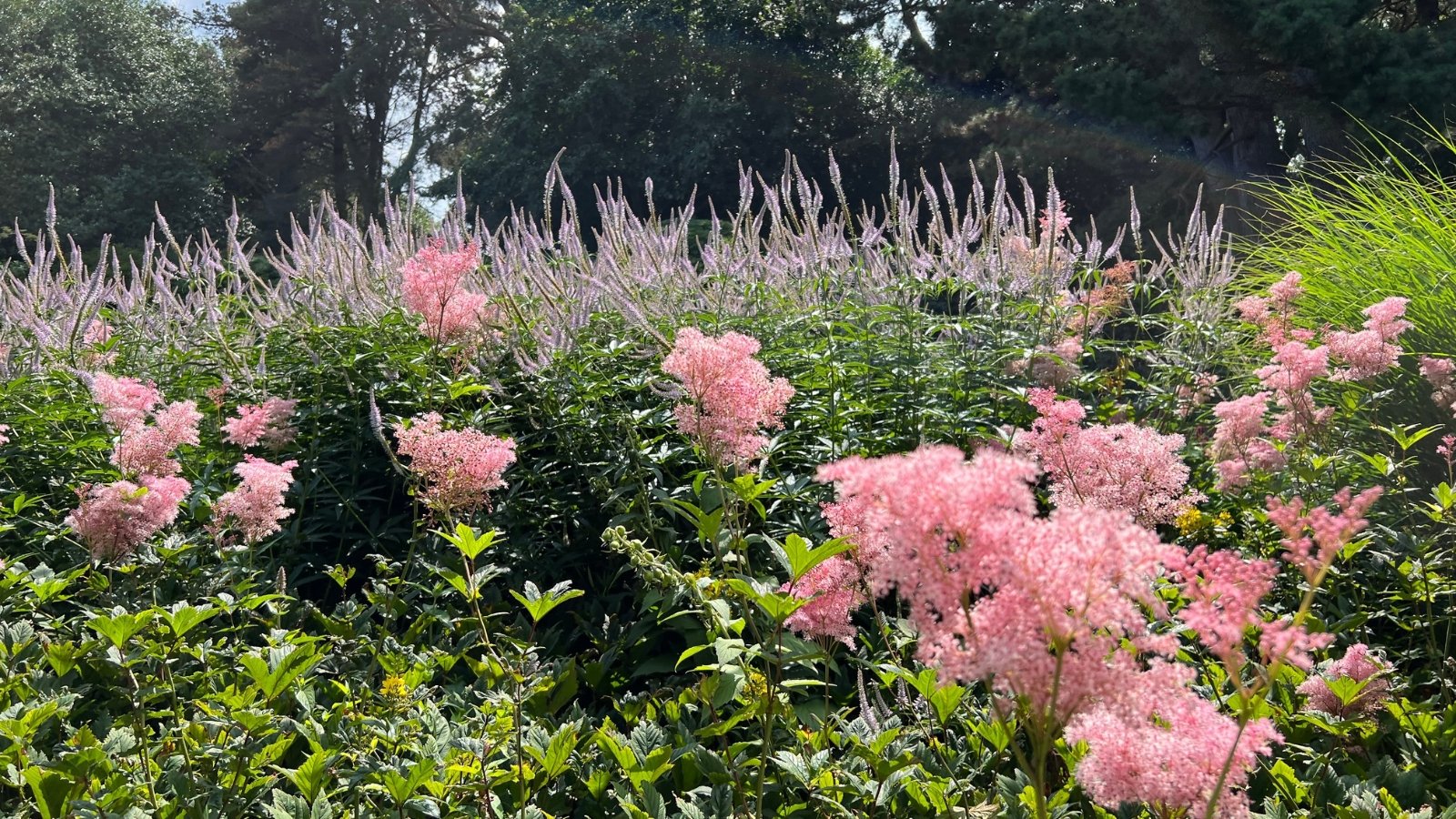

Uncover this native wildflower rising wild in jap states between the East Coast and Good Plains. It likes swampy, boggy conditions and sunny exposures. Fixed moisture helps it attain extreme, and full photo voltaic offers it the ability to develop dozens of leaves and bloom clusters.
Although it’s native to the jap U.S., it’ll moreover thrive all via North America in hardiness zones 3 by means of 8. Match the conditions in its native differ, and it’ll thrive whatever the place you yard.
Traits
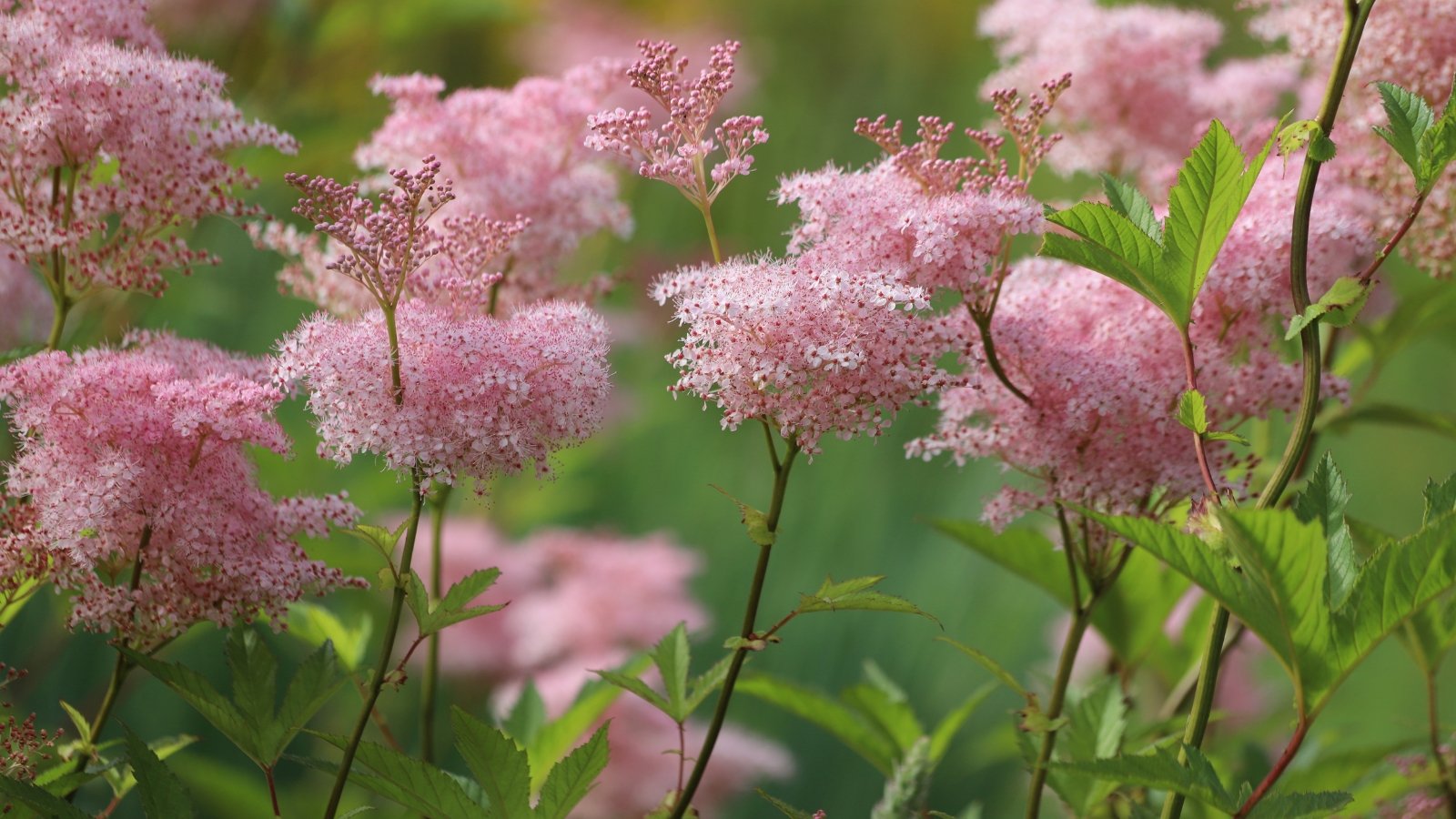

Queen of the prairie sprouts stems to eight toes tall in early or midsummer with vibrant pink blooms. Each blossom is a set of tiny flowers stuffed with pollen. They lure pollinators to pollinate totally different flowers shut by.
The stems sprout jagged leaves with divided fingers. Various stalks sprout from the plant’s base, and more and more extra develop yearly as a result of it turns into older. The plant goes dormant inside the winter, dying once more to an underground root system so it’s going to presumably survive arduous frosts.
Planting


Queen of the prairie grows properly from seeds or potted vegetation. Uncover each near you at a native native plant nursery or look on-line for plant or seed retailers. This species is frequent in jap states, although chances are high you will want help discovering it regionally in several areas of North America. In case your neighbor has a plant, ask them for seeds or divisions!
Rising from Seed
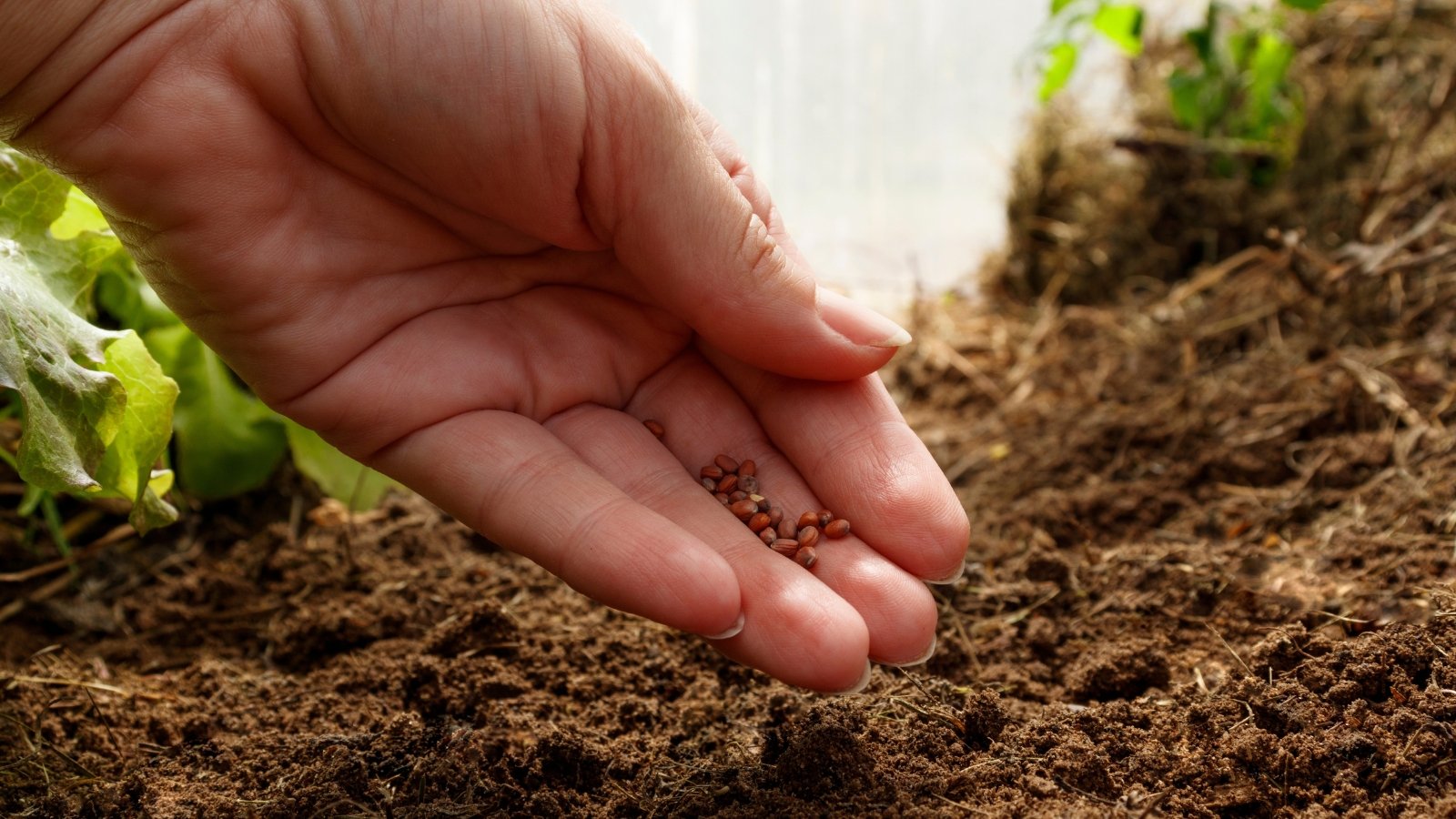

Starting this perennial from seeds is troublesome, nonetheless it’s doable with the right treatment. Queen of the prairie seeds desire a chilly stratification interval of 90 days—they germinate after publicity to chilly temperatures for that interval. They sprout into seedlings after warmth and moist spring local weather arrives.
Sow seeds outdoors inside the fall in order that they bear their right winter chilly stratification. They need moist soil with good drainage outdoors. If sowing in pots, use a free draining nonetheless absorbent potting mix rich in pure matter. After seedlings sprout in spring and develop hardy with various leaves, transplant them into their final location.
Within the occasion you reside in an area climate with out very important winter frost, you’ll simulate winter chilly stratification collectively together with your fridge. Place seeds in a soilless mix with provides like sawdust or vermiculite. Barely dampen the combo, then place the seeds inside. Retailer them inside the fridge for 90 days, then sow them in pots or outdoors in spring.
Transplanting
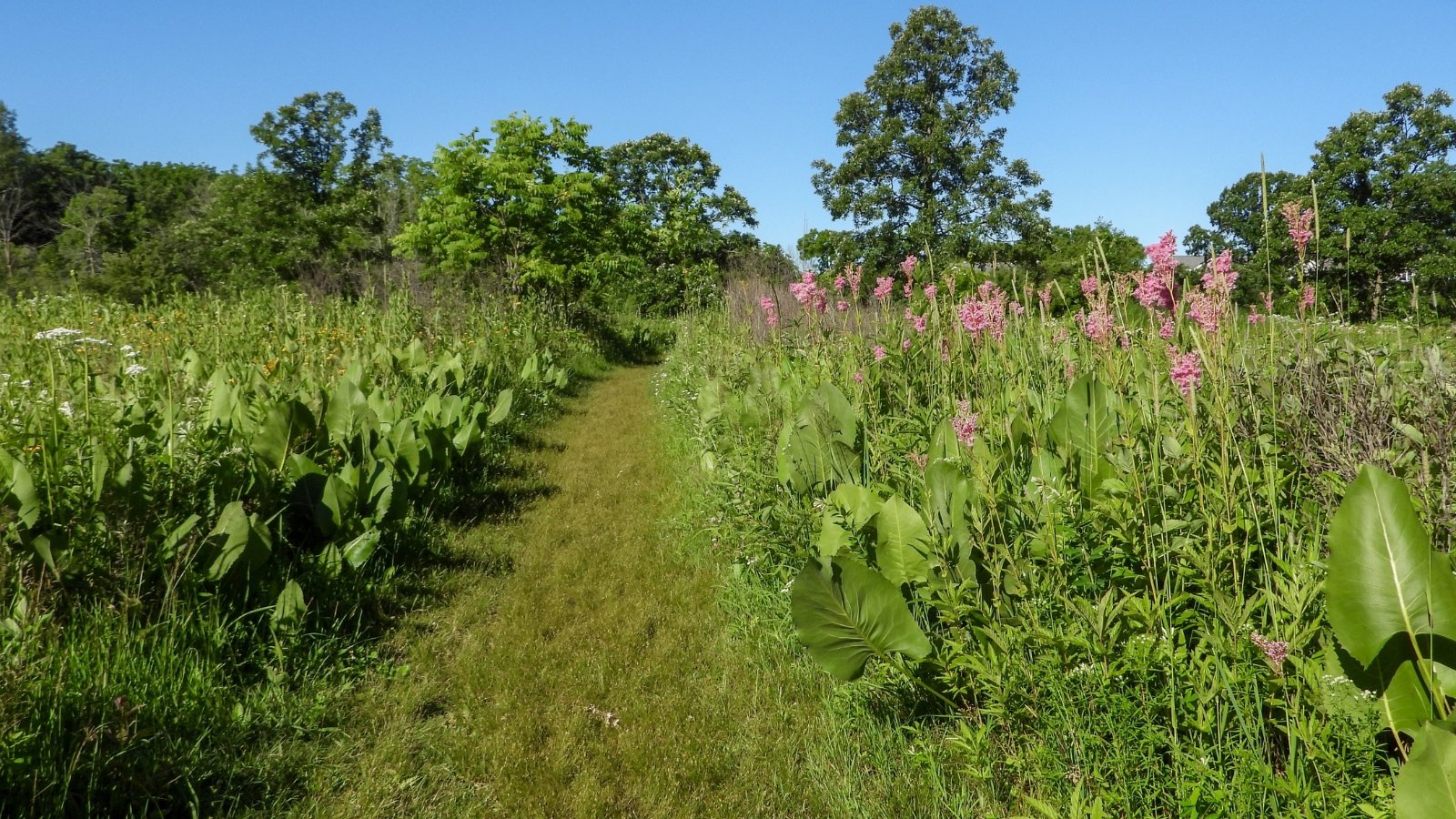

Transplant seedlings after they’ve various stems with leaves. They need a sunny, moist location with a great deal of pure matter inside the soil. Mix in compost or mulch ahead of planting in case your yard is full of clay or sand. That’s best a month or two sooner than transplanting to allow the nutritional vitamins and microbes to inhabit the home. They’ll create a fertile, cozy residence for this plant’s roots.
Within the occasion you’d want to plant in poor soils with out prepared, merely combine in some compost all through planting. Dig a niche as deep and twice as giant as your plant’s rootball, then incorporate compost into the soil from the opening. Place the plant inside the hole, and backfill it collectively together with your combination of compost and dirt. Water the positioning properly, and watch as your plant soars to the sky inside the heat of summer season!
The best time to transplant is early spring sooner than this species sprouts flowers. You may additionally transplant specimens all through autumn sooner than they go dormant. Put them inside the ground a minimal of two months sooner than your first widespread frost date to allow the vegetation to acclimate completely sooner than arduous winter frosts.
How one can Develop
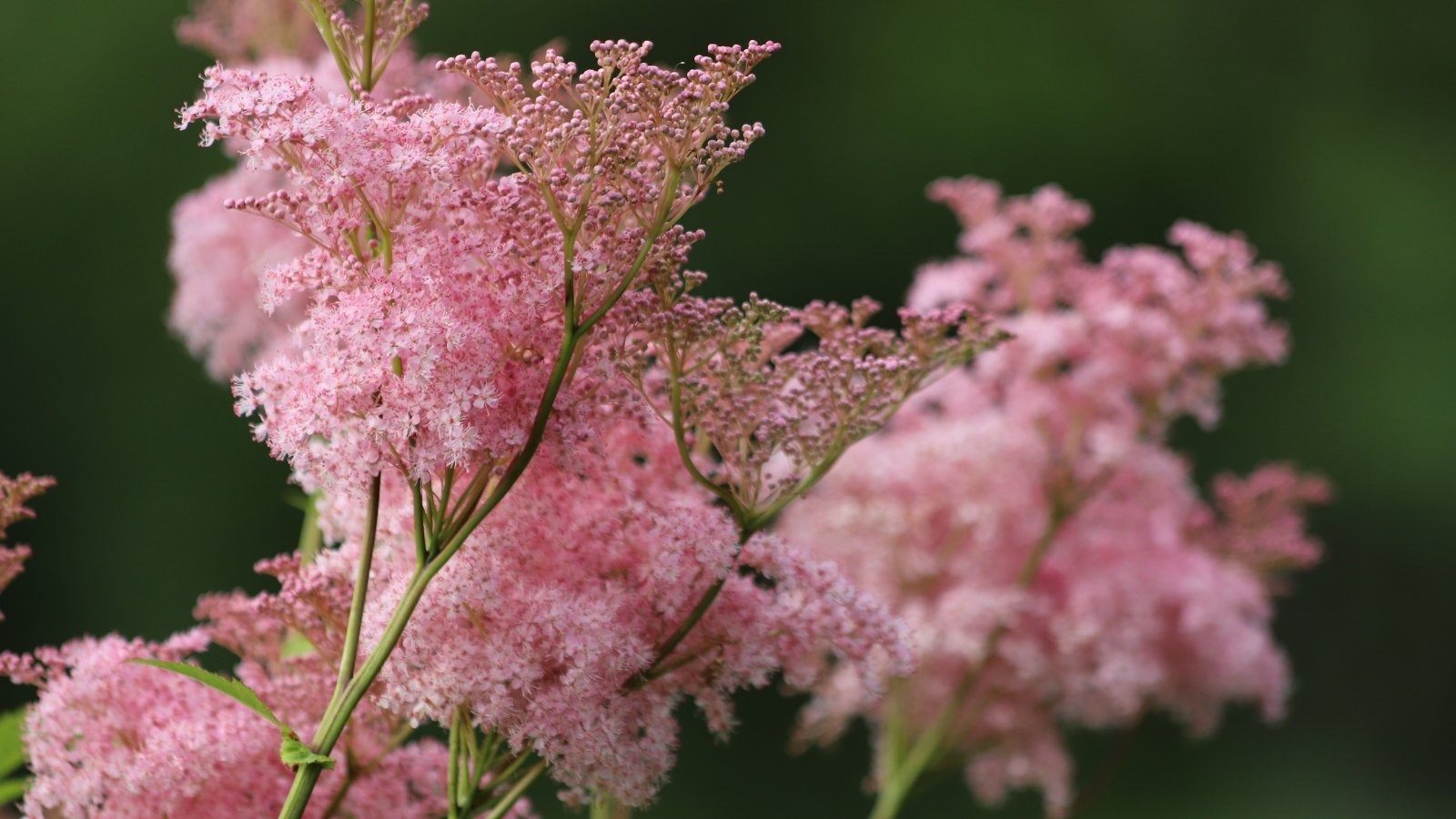

This herbaceous perennial has some simple requirements. Give it what it desires, and it’ll reward you with blooms this season! Grant your plant full photo voltaic, widespread water, and rich soil, and watch it grow to be a big and tall specimen. Glad vegetation divide merely, which means you can purchase one plant and have dozens in future years.
Gentle
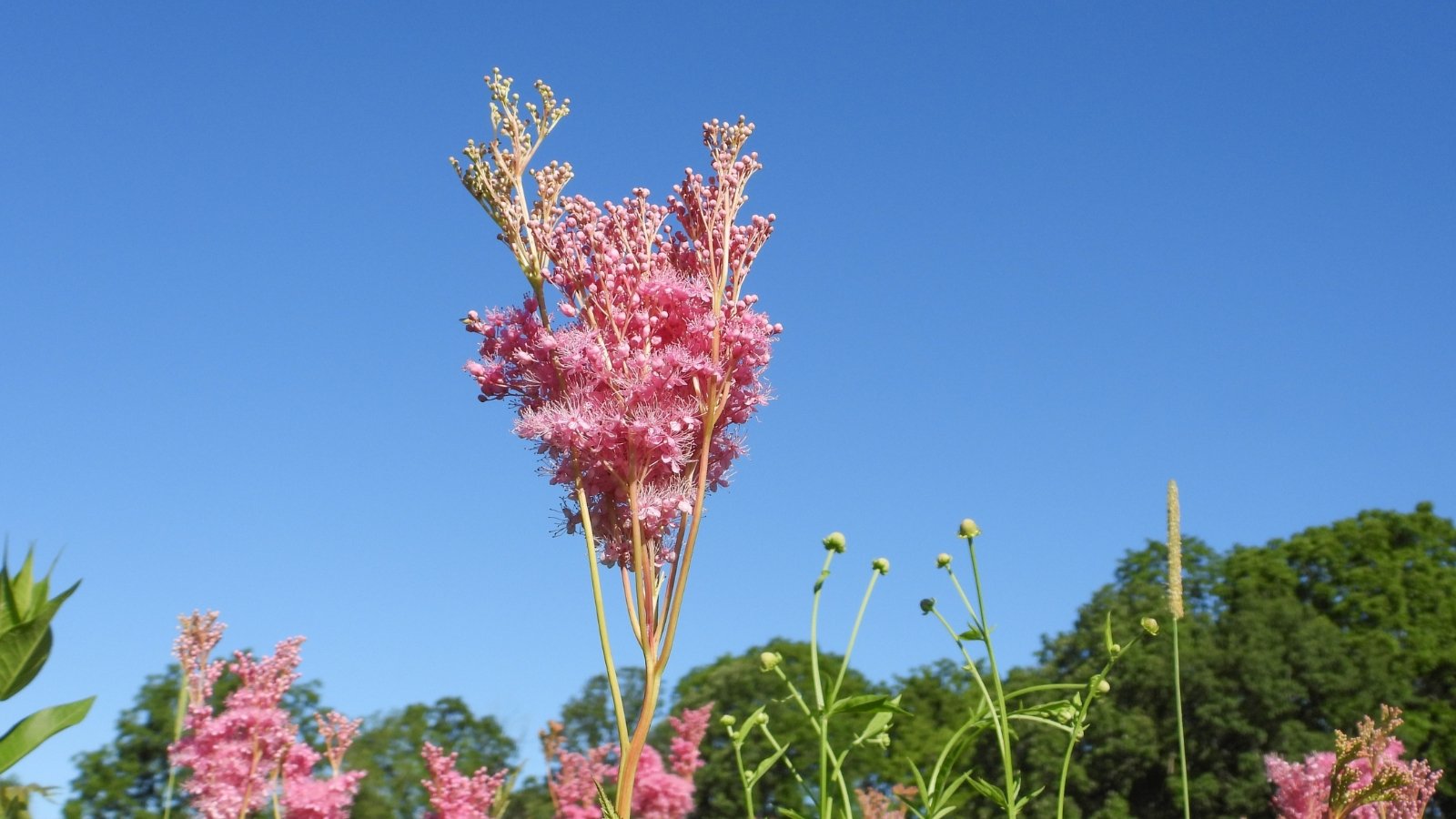

This native wildflower thrives under full photo voltaic or partial shade. It blooms further normally and reaches elevated with six to eight hours of direct daylight, although it’ll survive with three to six hours. Considering your yard’s exposures, endow it with the conditions you’ll based on the home you generally tend.
Warmth climates have intense summer season heat that can present lethal to youthful vegetation. Give your queen of the prairie afternoon shade in case you might have frequent droughts and heat waves via the rising season.
Water
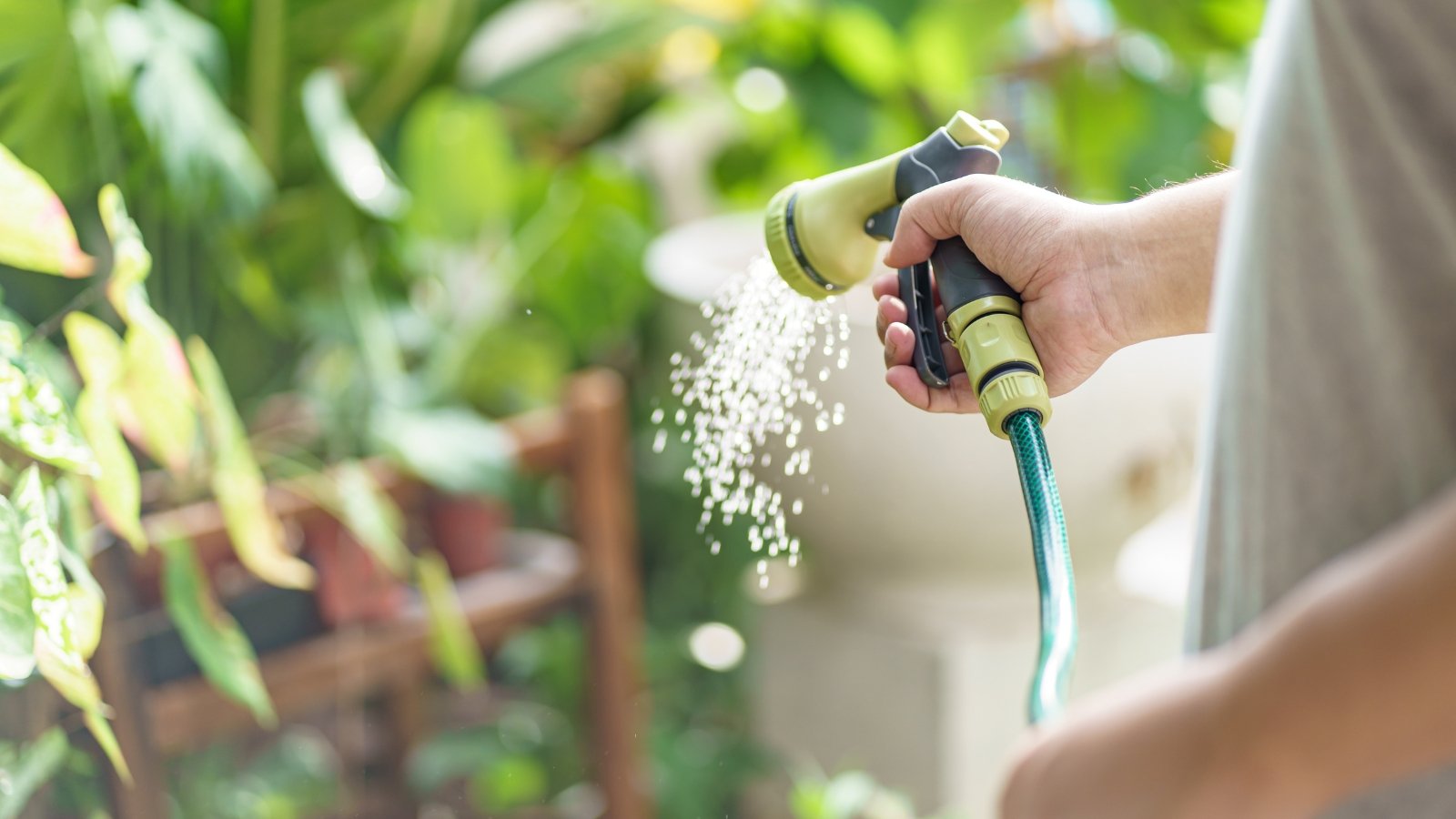

Watch this native plant thrive in wild areas near moist bogs, swamps, and meadows. It prospers with fixed moisture all via the rising season. Plant it near a pond or fountain, and it’ll reap the advantages of the ever-present water. Within the occasion you’re rising this species in large containers, it’ll need further water than vegetation inside the ground.
Vegetation acknowledge a lot much less water all through their dormant season in autumn and winter. Areas similar to the Pacific Northwest have ample winter rainfall, which means growers acquired’t should water in these seasons. In case your plant’s rising under cowl all through dormancy, assure its soil stays moist nonetheless not soggy.
Soil
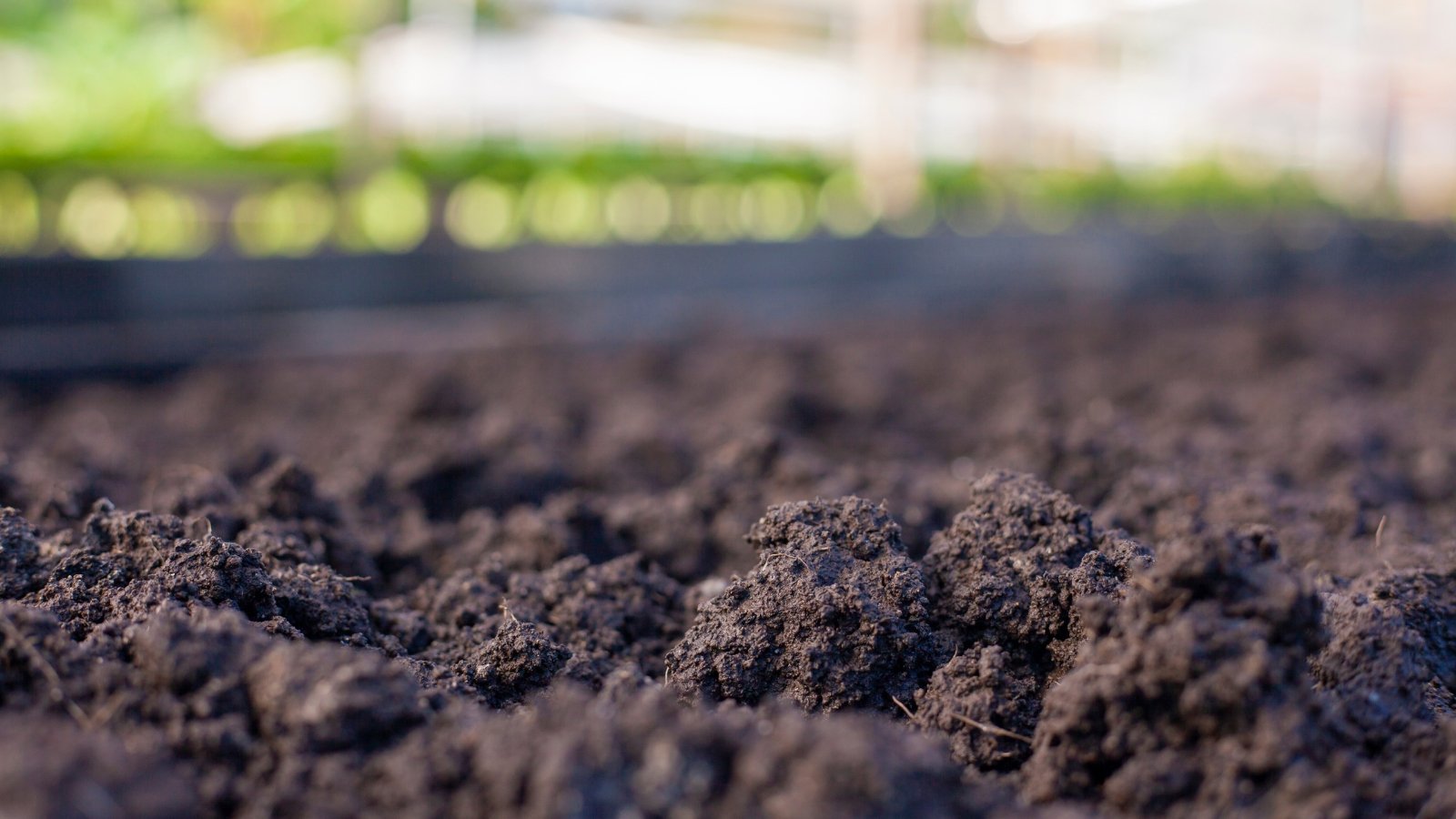

Queen of the prairie appreciates moist, fertile, and porous soil. It’ll tolerate clay or sand if it’s continually moist, although the plant would possibly develop shorter or with fewer blooms. Rich soil is straightforward to create with month-to-month helpings of compost or leaf mildew. These two pure substances inoculate soils with worms, fungi, and micro organism that positively have an effect on soil porosity and fertility.
Within the occasion you lack compost or leaf mildew, together with completely totally different substances like straw, leaves, and plant scraps will help the soil over time. Dig them in, they normally’ll decompose, creating crumbly humus. When the local weather cools, and this species goes dormant, allow its foliage and stems to die. They’ll decompose and cycle the nutritional vitamins in place!
Fertilizing
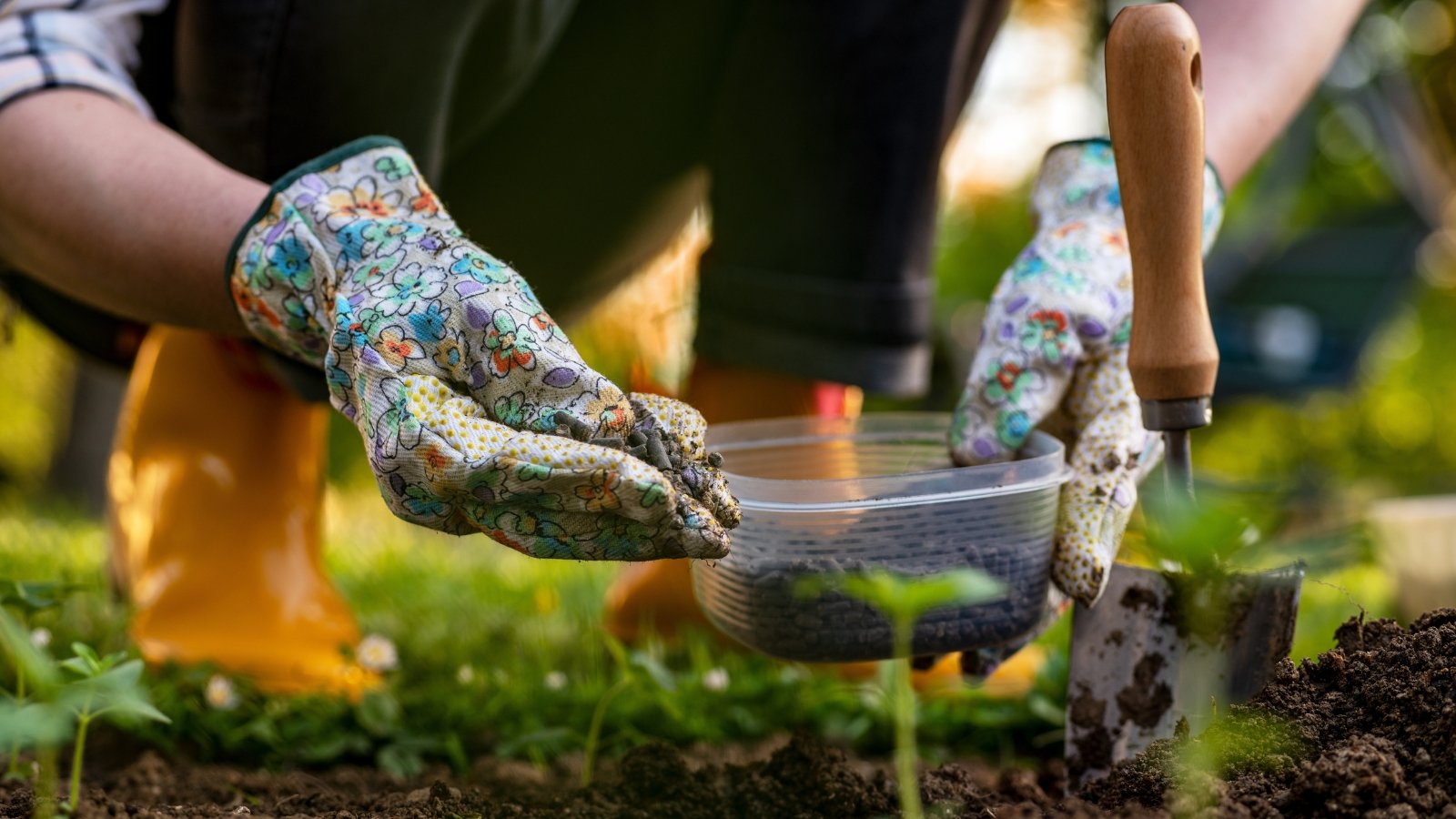

This native wildflower likes rich soil with a great deal of nutritional vitamins. In case your yard is low on nutritional vitamins, you’ll add pure fertilizer to compensate. Use a balanced mix and apply a dose or two in spring in response to the package deal deal’s instructions.
Container specimens might need further fertilizer than these rising inside the ground. Use a soil testing tools to substantiate which nutritional vitamins it’s a must to add.
Repairs
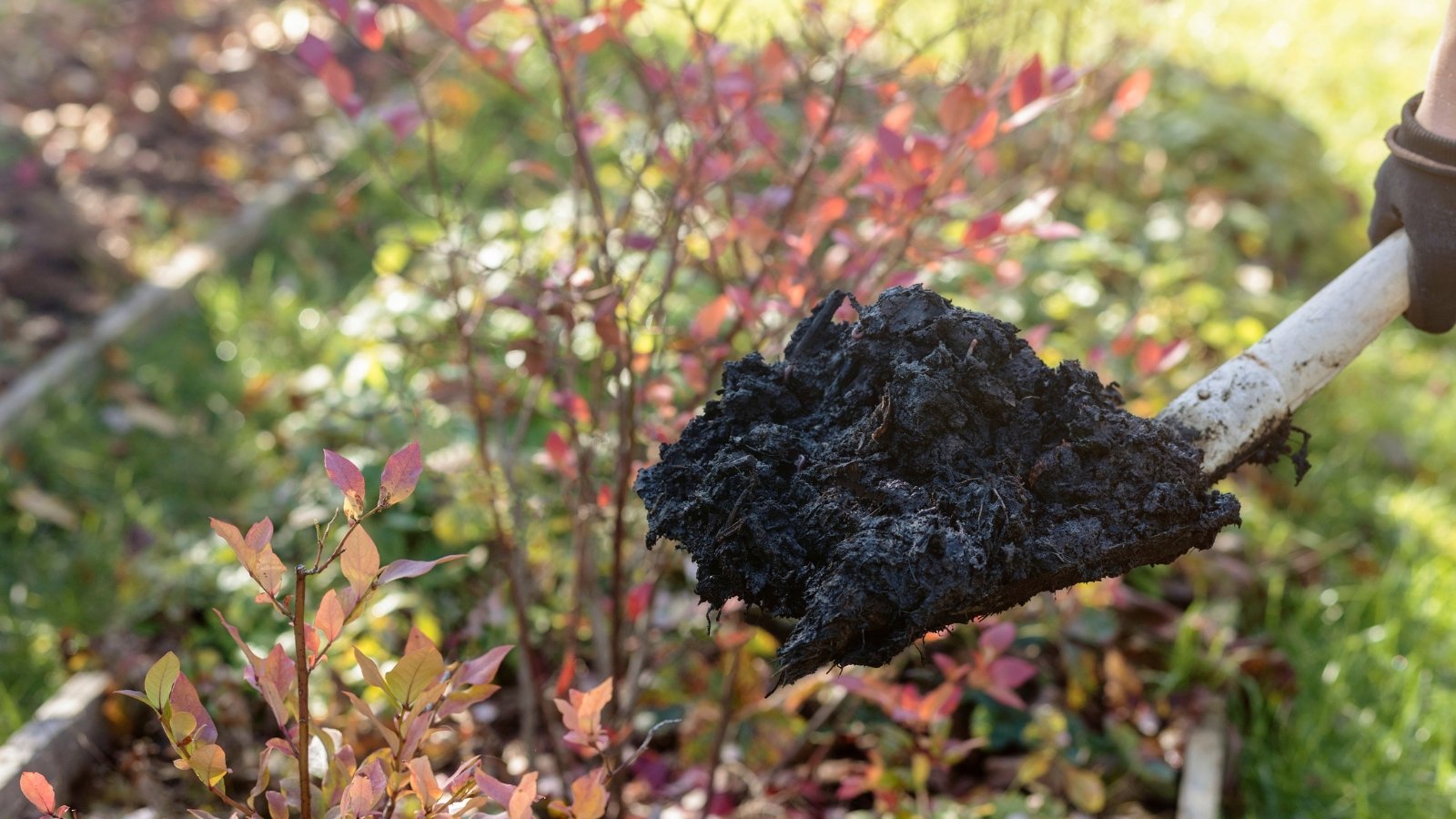

There’s little maintenance for this perennial—it’s an area wildflower that survives with out help. Apply compost to create rich, fertile, and crumbly soil. You could possibly prune the lifeless foliage in winter, although you don’t should. It’ll decay by itself, and new improvement will alternate it in spring.
Propagation


Propagate a single plant into various ones merely with two methods: dividing and seed saving. Division is best for early spring, whereas seed saving occurs after seeds ripen in late summer season. Use every for optimum propagation or select whichever approach is less complicated in your yard setup.
Division


When mature, the queen of the prairie spreads giant and creates a medium-sized clump. You presumably can separate a single one into various after your closing widespread frost date in spring. Start by digging up the clump. Dig various inches exterior of the plant’s crown to ensure you excavate numerous the roots.
Once you dig out the plant, use a sharp knife or pruners to break up the plant. Each division desires roots and new shoots to thrive in its new location. Transplant the divisions into their new homes and water the web sites properly. Assure they’ve fixed moisture whereas they arrange themselves. They’ll mature into large specimens you’ll divide for further vegetation!
Seed Saving
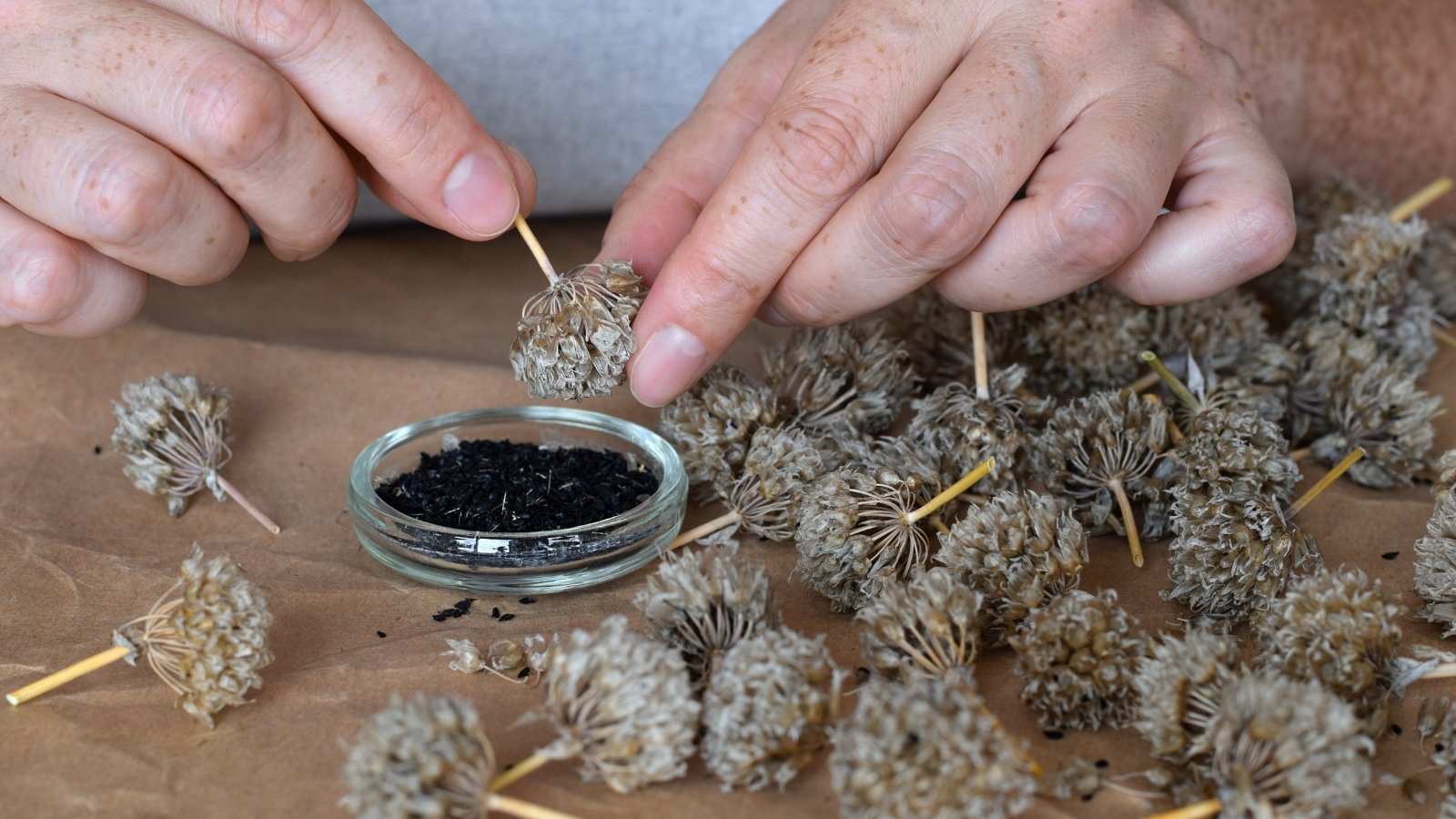

This native wildflower varieties small seeds in summer season after the blooms fade. They will start new seedlings in case you depart them to fall on the soil, although you’ll be able to even purchase them for safekeeping. Start by chopping off the flower heads as quickly as they rattle with seeds. Place them inside brown paper baggage and permit them to dry completely. They’ll drop ripe seeds to the underside of the bag so you’ll purchase them merely.
Retailer dry seeds in an airtight container inside a cool, darkish location. Pantries, closets, and garages are good for storing them.
Trendy Varieties
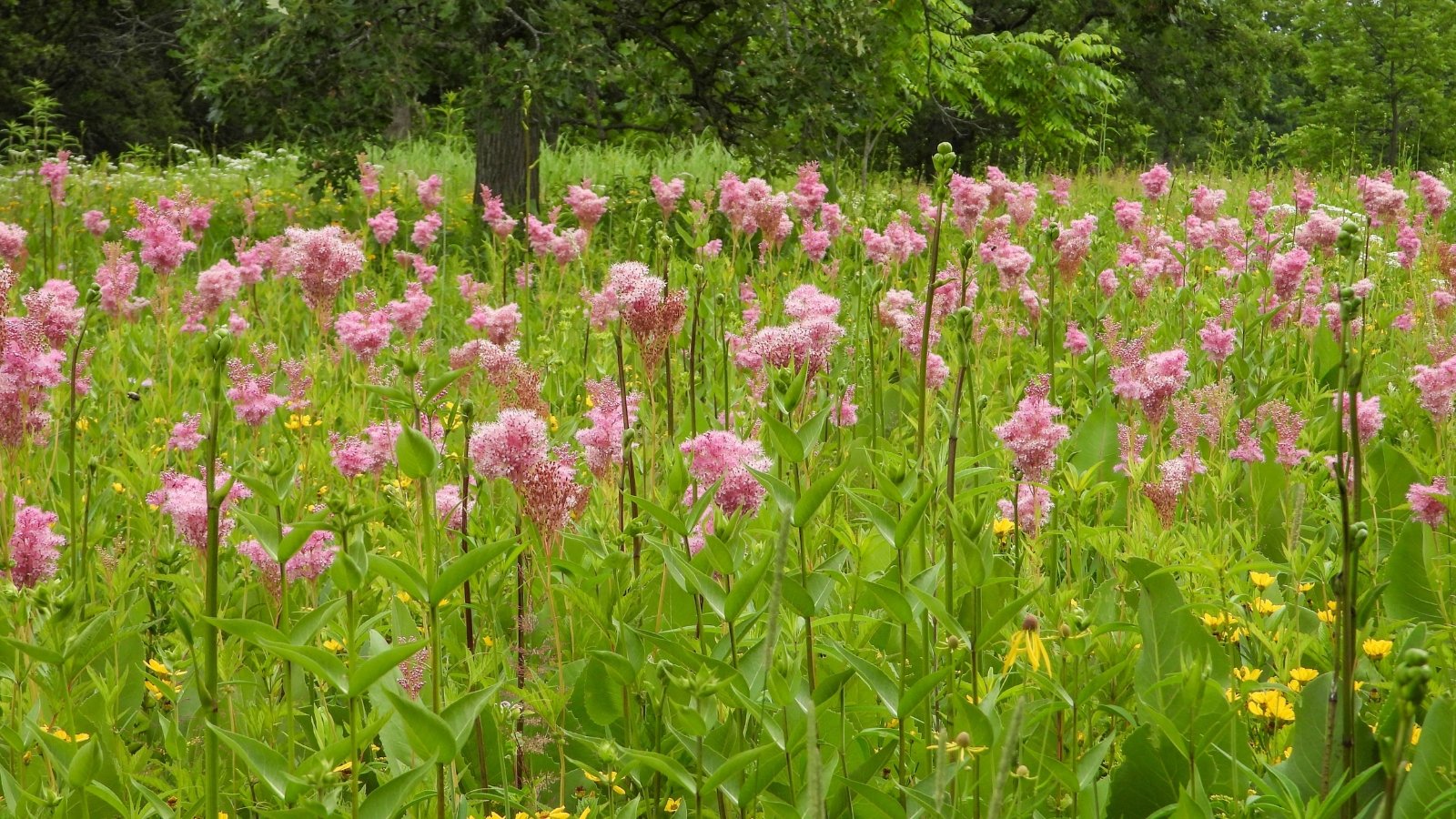

Some cultivars and species exist that present distinctive flower colors and plant habits. Choose the native species Filipendula rubra for a hardy, strong, and tall specimen. The subsequent cultivars moreover work properly for pollinator gardens and wildscapes.
‘Albicans’


‘Albicans’ is a shorter choice with white-pink blooms. It reaches 5 to six toes tall and is right for borders or raised beds. It tucks in correctly amongst totally different flowering perennials and annuals. The white blossoms present pollen for native pollinating bugs, they normally make great scale back flowers in bouquets and preparations.
‘Venusta’
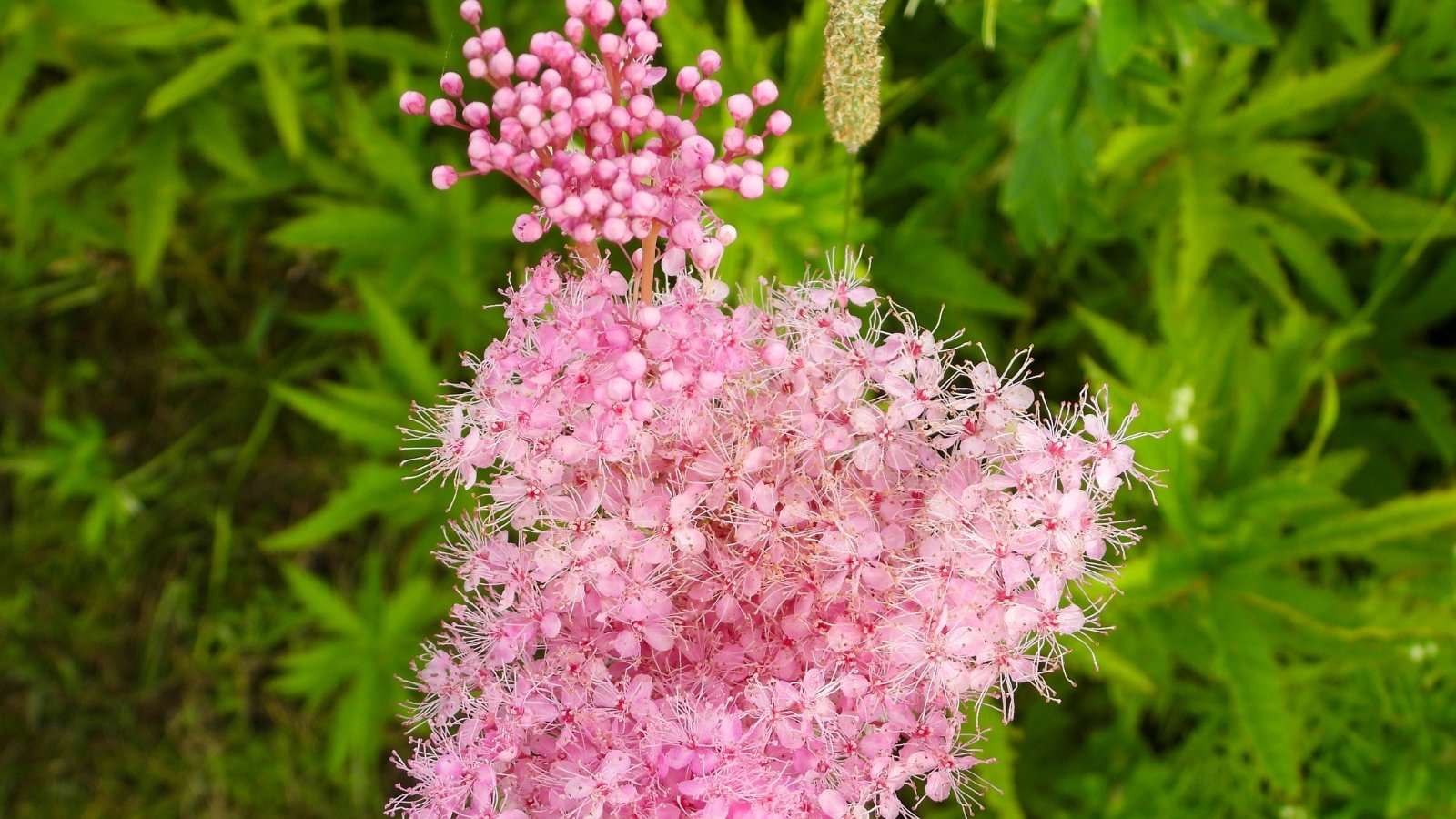

‘Venusta’ is a favorite of gardeners all via North America. You’ll uncover this kind in plant nurseries and extensively on the market on-line. It blooms pink flowers of a rich hue, and it stays shorter than the species type. ‘Venusta’ reaches 4 to eight toes extreme instead of six to eight.
‘Meadow Queen’
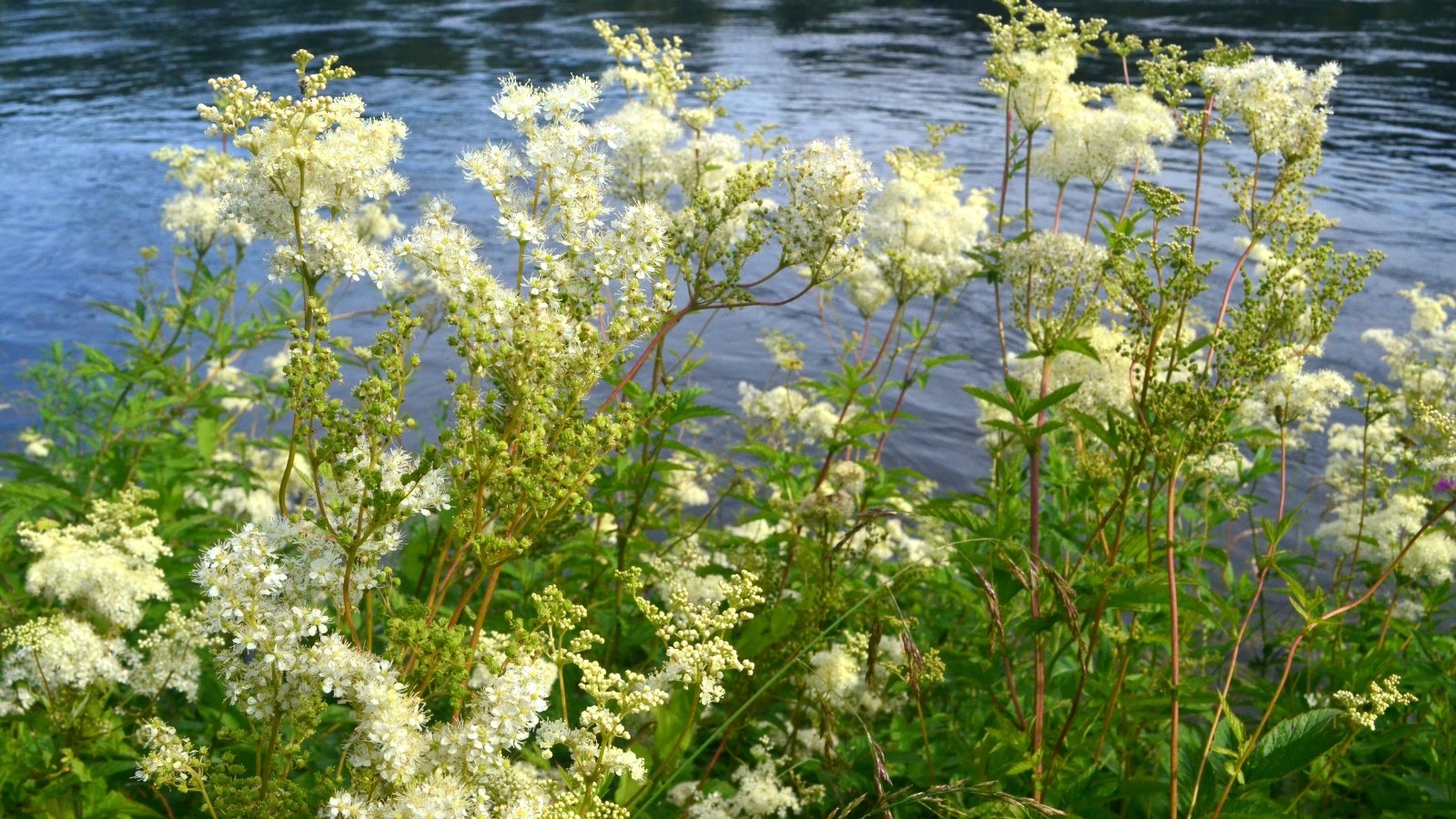

Meadow queen is a relative of the queen of the prairie, nonetheless it’s not native to North America. It grows wild in Europe and naturalizes from the East Coast inland in route of Iowa and Missouri. Meadow queen’s scientific title is Filipendula ulmaria. It’s shorter than the North American species, and it sprouts white-green flowers instead of pink ones. Within the occasion you reside inside the Midwest, assure this plant isn’t listed as a noxious weed in your area sooner than planting.
Frequent Points
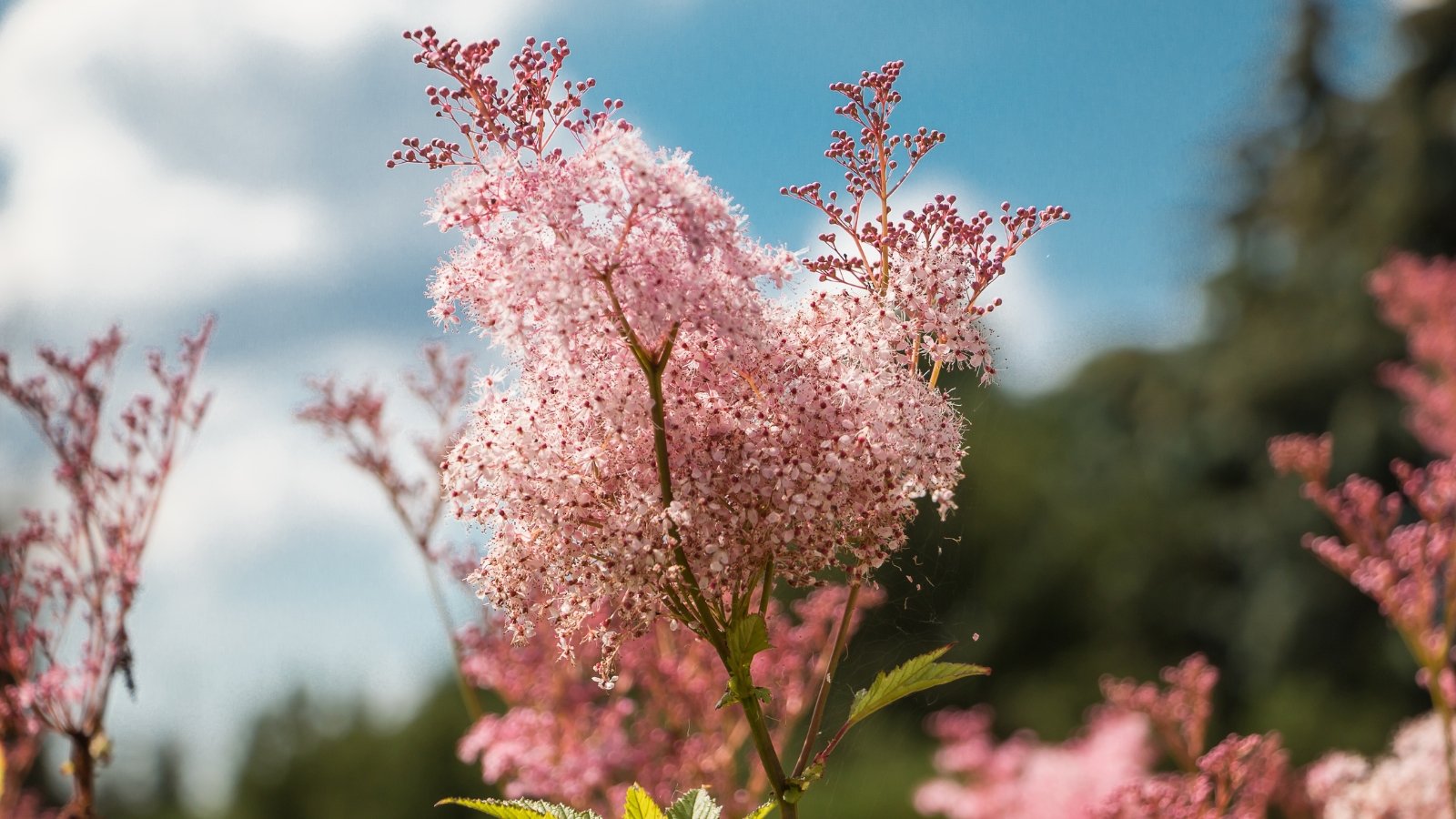

Queen of the prairie has few important pest or sickness points. You could even see some aphids or yellowing leaves, nonetheless they’re minor points with simple choices. In case your plant is struggling, it’s virtually actually an issue with its custom. Restore the conditions and the problems disappear.
Pests
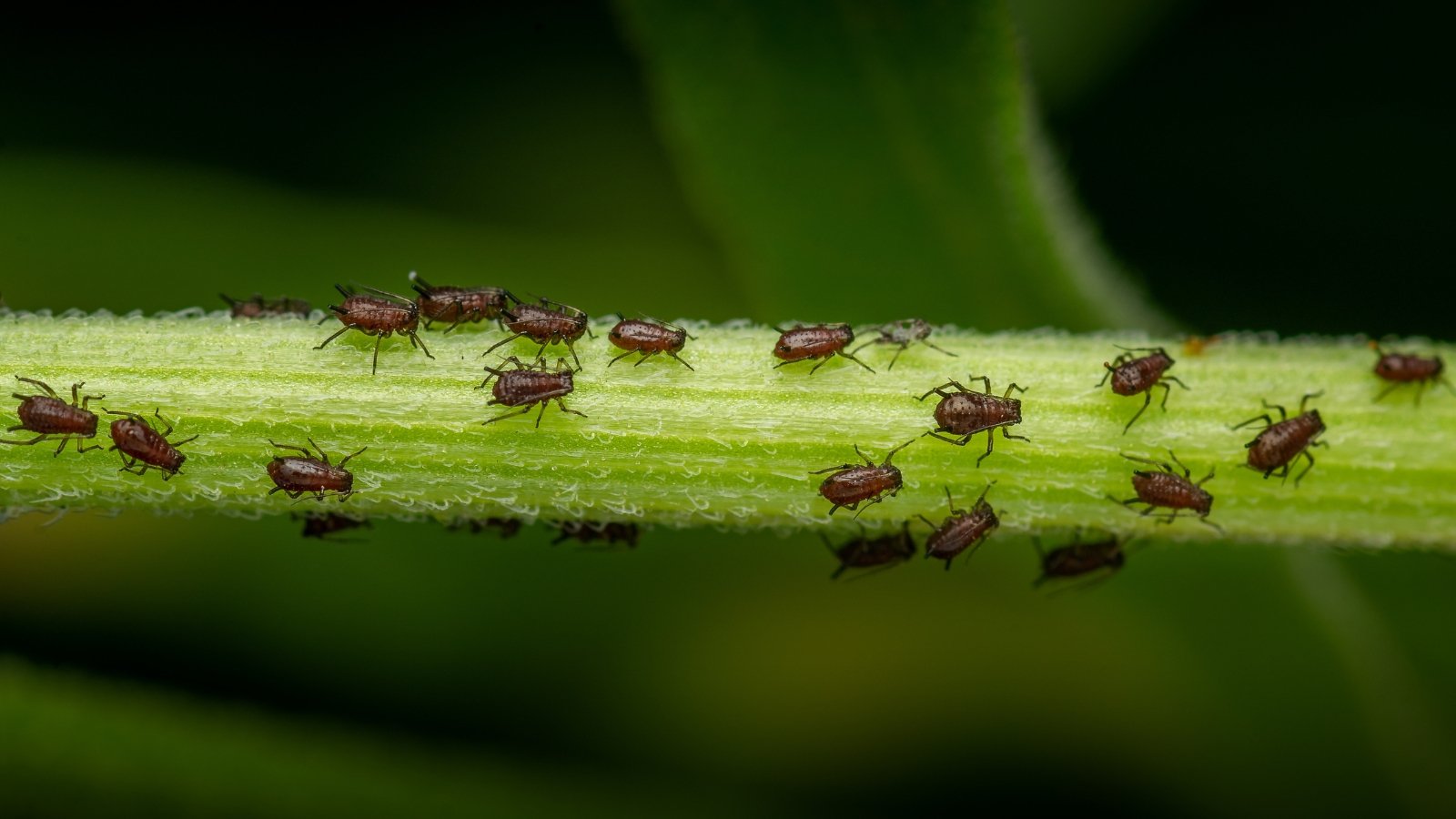

This species resists deer wanting and is right for woodland areas the place these animals are present. Aphids would possibly eat the leaves and opening blossoms whereas temperatures are warmth. Look forward to black, inexperienced, or yellow fleshy our our bodies that acquire collectively. Rid them off your vegetation by spraying them with a strong stream of water. Do that every day for per week or so until they vanish for good.
Sicknesses
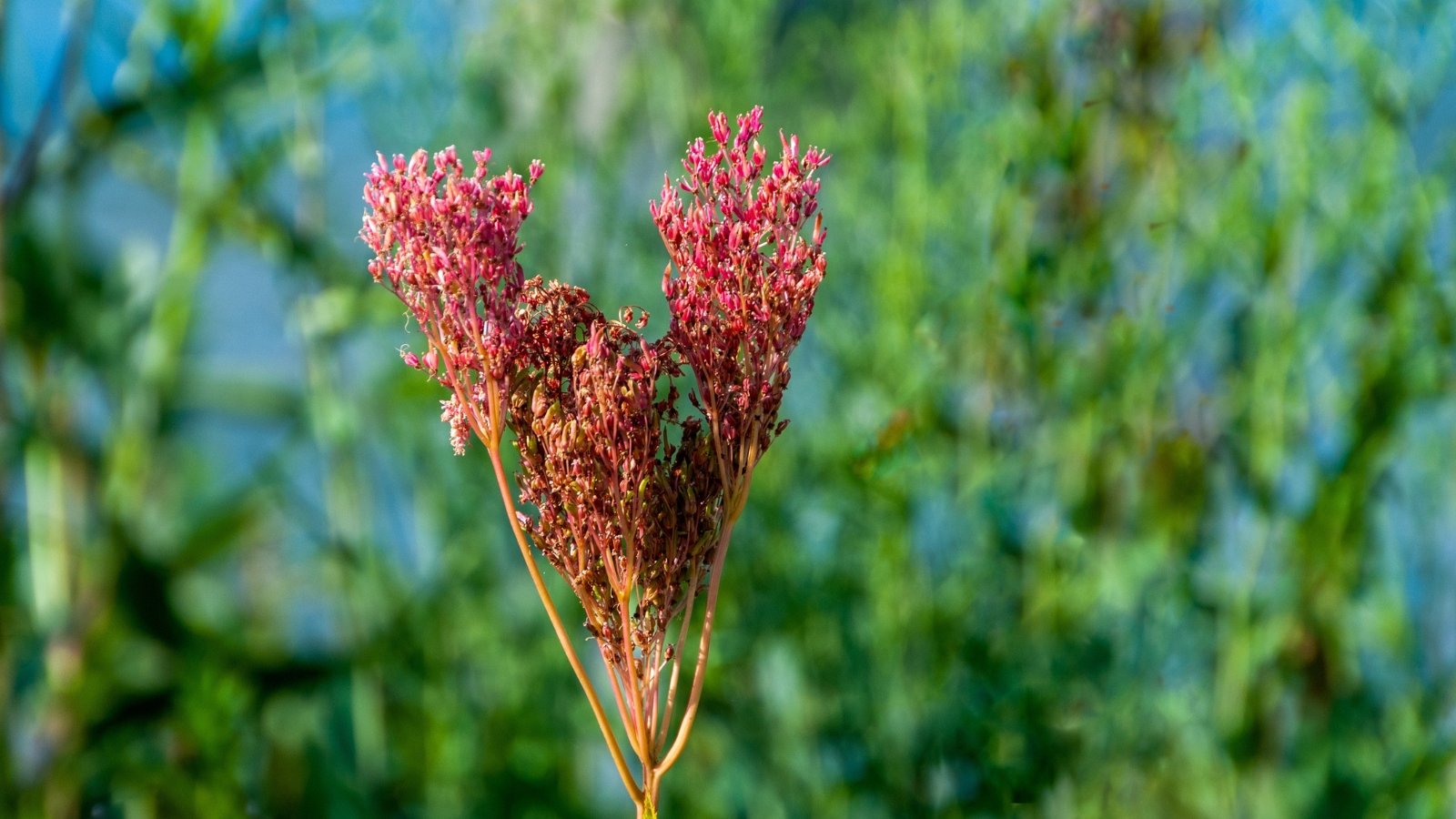

There are no important sicknesses afflicting this native wildflower. It would dry out all through droughts or heat waves, rising yellow leaves and weak stems. Preserve fixed moisture all via the rising season to keep up them healthful and turgid.
Ceaselessly Requested Questions
This herbaceous perennial likes moist, fertile, and porous soil. Give it full photo voltaic or partial shade, and assure it has security from afternoon photo voltaic inside the hottest climates.
Uncover this species on the market as potted vegetation or seeds at native plant nurseries or from on-line retailers.
Transplant seedlings in fall or spring. Obtain this two months sooner than your first frost date in autumn or after your closing widespread frost date in spring.
[ad_2]

